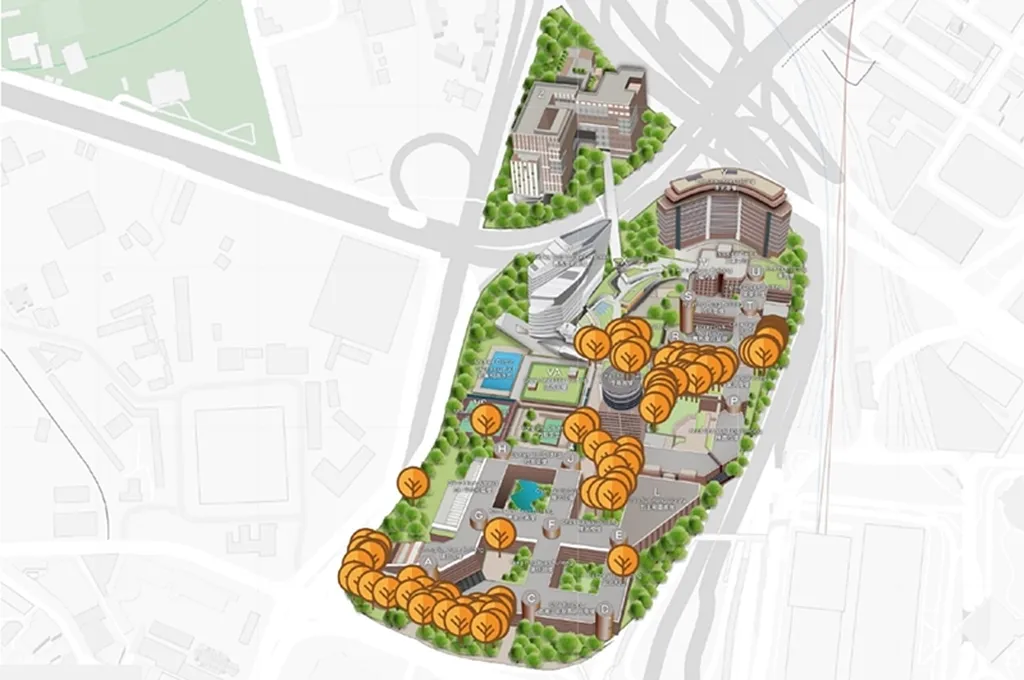In the realm of sustainable construction, a groundbreaking study led by Abdul-Mugis Yussif from the Department of Building and Real Estate at the Hong Kong Polytechnic University has shed new light on the critical risks associated with green building construction projects (GBCPs). Published in ‘Cleaner Engineering and Technology’ (which translates to ‘更清洁的工程与技术’), this comprehensive literature review aims to revolutionize how we identify and assess risks in green building initiatives, ultimately fostering more sustainable and efficient practices in the construction industry.
Yussif’s research highlights a significant gap in current methodologies: the lack of long-term risk evaluation from a project’s inception to the end of its service life. “Existing methods do not leverage the accumulated knowledge and experience from previous risk assessment models,” Yussif explains. This oversight can lead to repeated mistakes and inefficiencies, hindering the progress of sustainable construction.
The study systematically reviewed literature from the past two decades, identifying and clearly defining 42 risks associated with GBCPs. These risks were then grouped into nine mutually exclusive categories to facilitate targeted assessments. Yussif proposes a knowledge-based approach, which emphasizes establishing a robust foundation for risk management, including scope definition, identification, analysis, response planning, execution, and monitoring and control.
One of the most compelling aspects of this research is its potential impact on the energy sector. Green buildings are designed to minimize environmental degradation and reduce the consumption of depletable resources, which aligns with the energy sector’s goals of sustainability and efficiency. By identifying and mitigating risks more effectively, construction projects can achieve better outcomes, ultimately benefiting the energy sector by promoting the adoption of green technologies and practices.
Yussif’s study also underscores the need for collaboration between developed and developing countries. “Limited collaboration and a scarcity of empirical research in developing nations are current limitations,” Yussif notes. Addressing these gaps can lead to more holistic risk management frameworks and foster sustainable construction practices globally.
The research not only identifies current limitations but also proposes future research opportunities to promote growth in green building risk studies. By advocating for a more comprehensive and collaborative approach, Yussif’s work sets the stage for significant advancements in the field.
In conclusion, Abdul-Mugis Yussif’s research offers a fresh perspective on risk identification and assessment in green building construction projects. By leveraging accumulated knowledge and experience, this study paves the way for more sustainable and efficient construction practices, ultimately benefiting the energy sector and promoting global sustainability efforts. As the construction industry continues to evolve, Yussif’s insights will be invaluable in shaping the future of green building initiatives.

